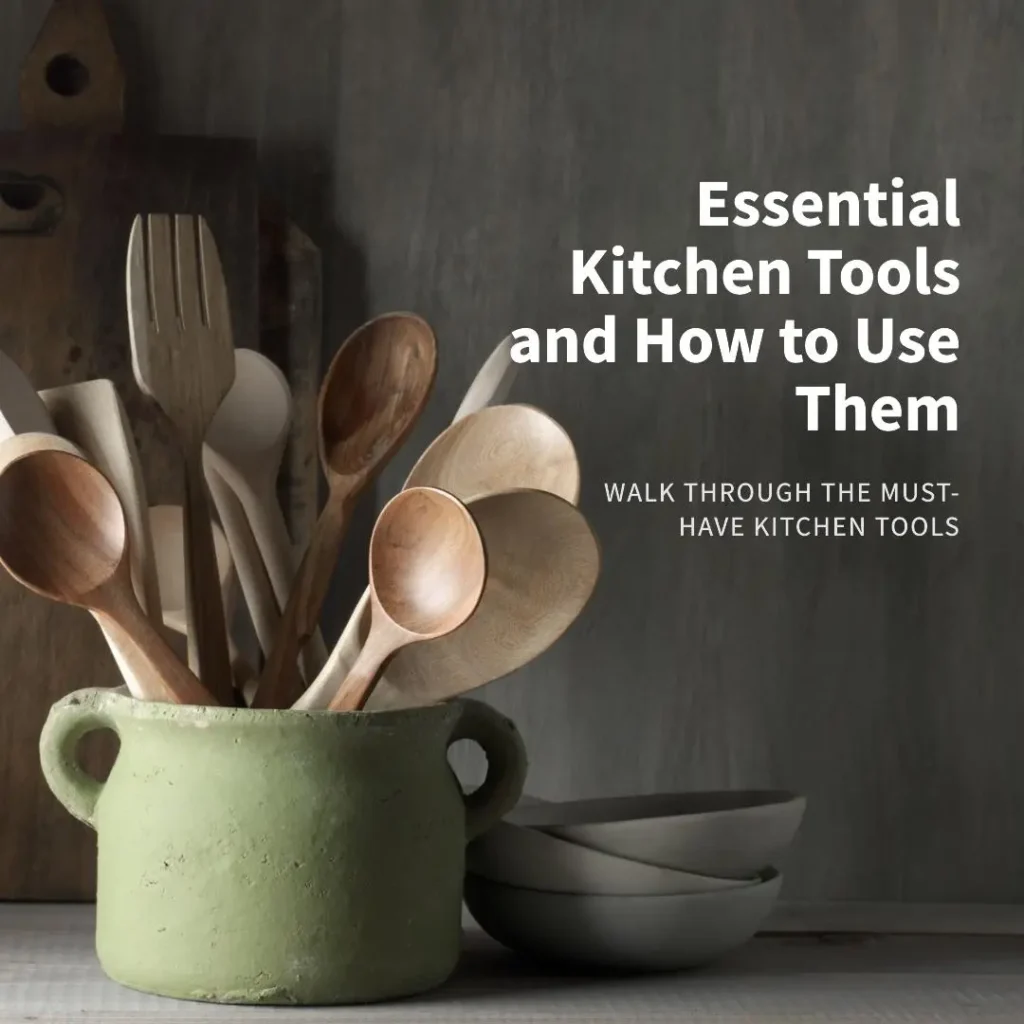In any kitchen, the right tools can make all the difference between a seamless cooking experience and a frustrating one.
Whether you are a novice home cook or a seasoned chef, having the essential kitchen tools at your disposal is crucial for efficiency and enjoyment.
This guide will walk you through the must-have kitchen tools, their uses, and how to care for them, ensuring your culinary adventures are both successful and enjoyable.
Knives: Types, Uses, and Maintenance
Types of Knives
Chef’s Knife
In cooking, a chef’s knife, also known as a cook’s knife, is a cutting tool used in food preparation. The chef’s knife was originally designed primarily to slice and disjoint large cuts of beef. Today it is the primary general utility knife for most Western cooks.
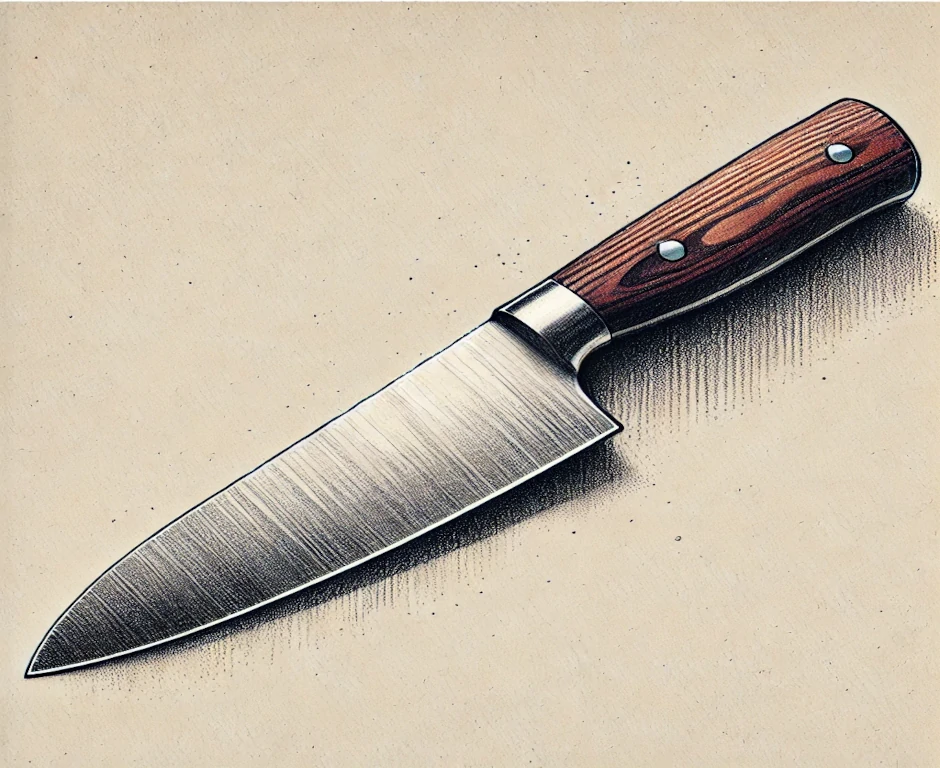
Uses: This is the workhorse of the kitchen, perfect for chopping, slicing, and dicing vegetables, fruits, and meats. Its broad blade makes it ideal for crushing garlic and scooping up chopped items.
Maintenance: Regularly hone with a honing steel to maintain the edge. Sharpen as needed with a whetstone or a professional service.
Paring Knife
A kitchen knife is any knife that is intended to be used in food preparation. While much of this work can be accomplished with a few general-purpose knives – notably a large chef’s knife, a tough cleaver, a small paring knife and some sort of serrated blade (such as a bread knife or serrated utility knife) – there are also many specialized knives that are designed for specific tasks. Kitchen knives can be made from several different materials.
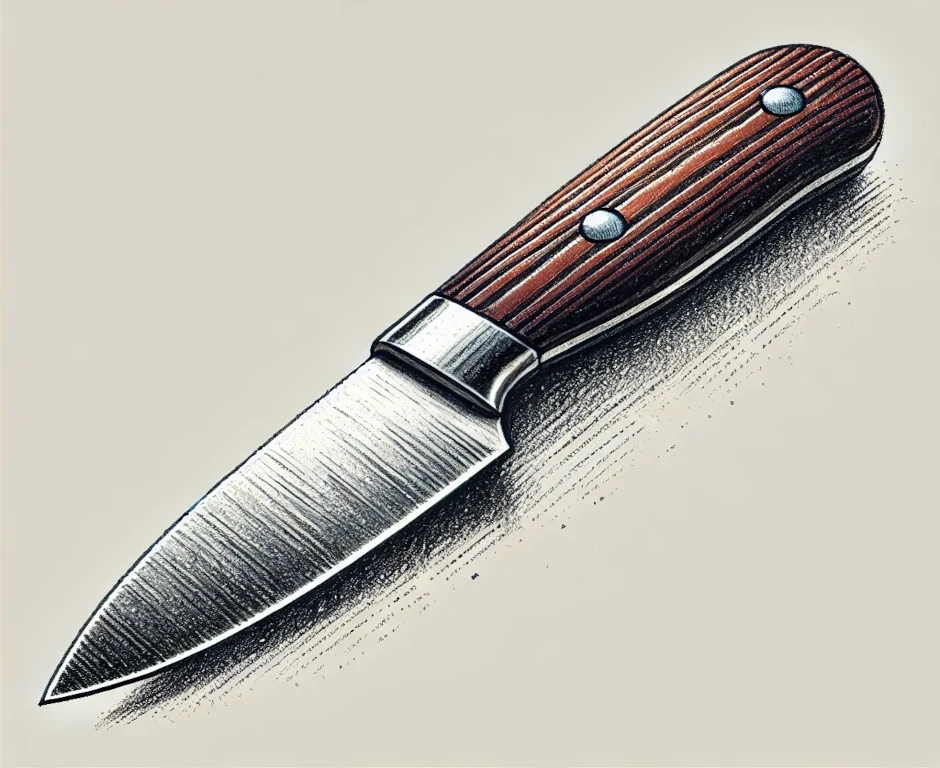
Uses: Great for peeling, trimming, and intricate work like deveining shrimp or making precise cuts.
Maintenance: Similar to the chef’s knife, regular honing and occasional sharpening are necessary.
Bread Knife
Bread knives are usually between 15 and 25 cm (6 and 10 in). An offset serrated knife uses an offset handle to ensure the cook’s knuckles will not touch the cutting surface when the blade has cut all of the way through the food.
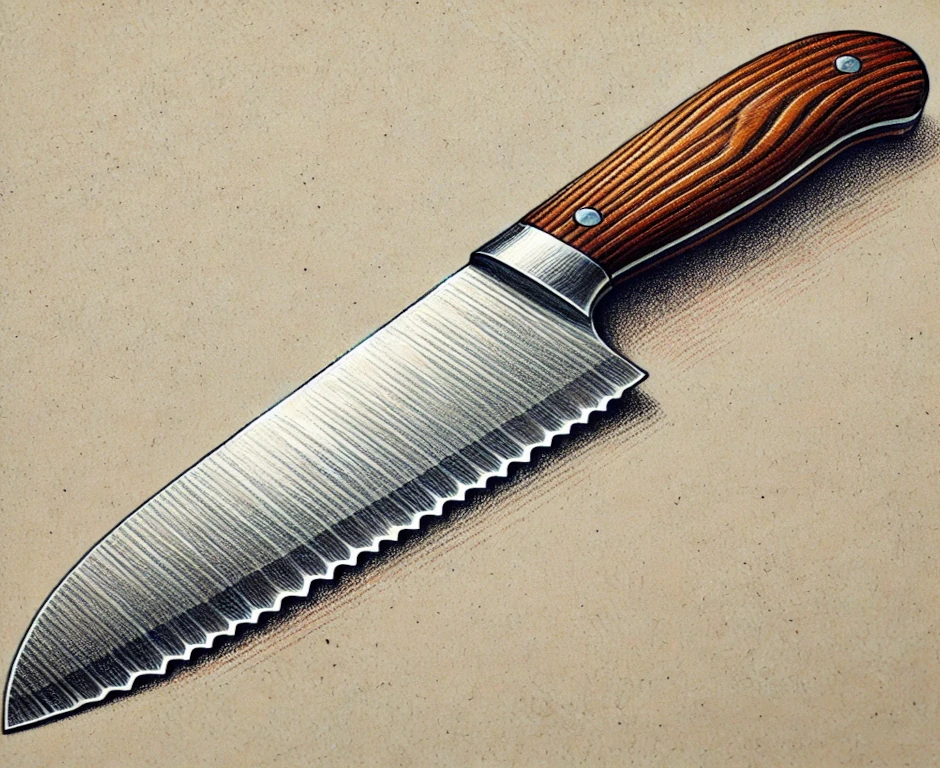
Uses: The serrated edge makes it perfect for cutting through bread without crushing it. Also useful for slicing tomatoes and other soft items.
Maintenance: Serrated knives don’t need frequent sharpening, but when they do, a professional service is recommended.
Utility Knife
A utility knife is any type of knife used for general manual work purposes. Such knives were originally fixed-blade knives with durable cutting edges suitable for rough work such as cutting cordage, cutting/scraping hides, butchering animals, cleaning fish scales, reshaping timber, and other tasks.
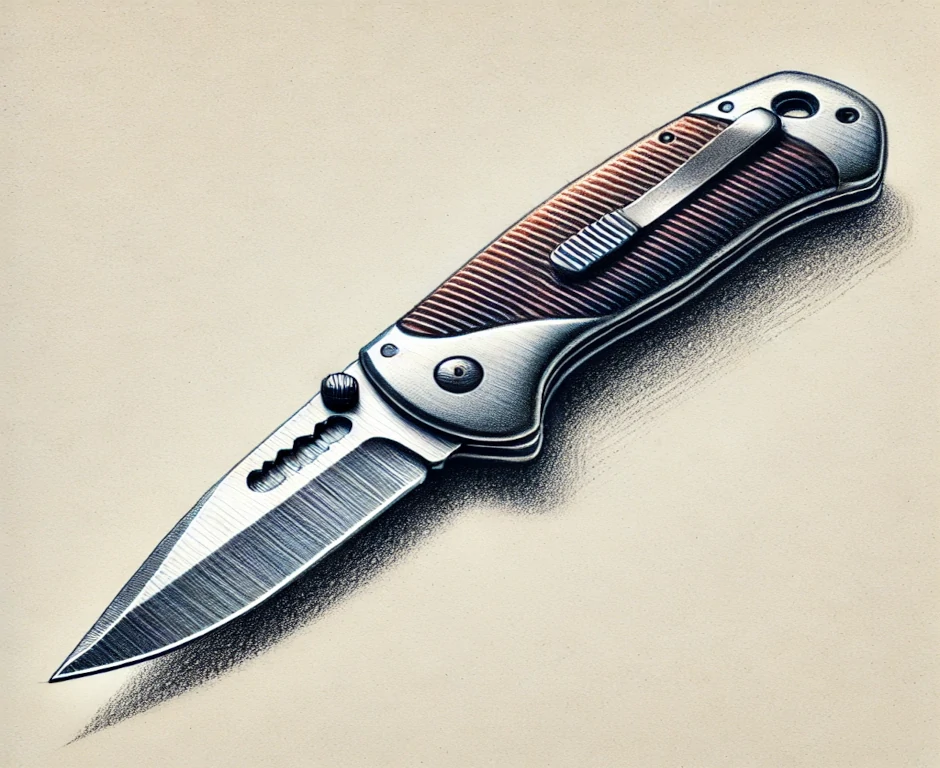
Craft knives are small utility knives used as precision-oriented tools for finer, more delicate tasks such as carving and papercutting.
Uses: A versatile knife that is smaller than a chef’s knife but larger than a paring knife, perfect for slicing fruits, vegetables, and small cuts of meat.
Maintenance: Regular honing and sharpening as needed.
General Maintenance Tips
- Always hand wash knives to prevent damage from dishwasher detergents.
- Store knives in a knife block, magnetic strip, or knife guard to protect the blades.
Sharpening Your Knives: Step-by-Step Guide
Gather Your Tools
- Sharpening Stone: known as a whetstone, choose a stone with a coarse side (1000 grit) and a fine side (6000 grit) for the best results.
- Honing Rod: Used for regular maintenance to keep the edge aligned.
- Lubricant: Some stones require water or oil as a lubricant; check the manufacturer’s instructions.
Prepare the Stone
If using a water stone, soak it in water for about 10-15 minutes. For an oil stone, apply a small amount of honing oil.
Position the Knife
Hold the knife at a 20-degree angle against the stone. This angle works well for most kitchen knives.
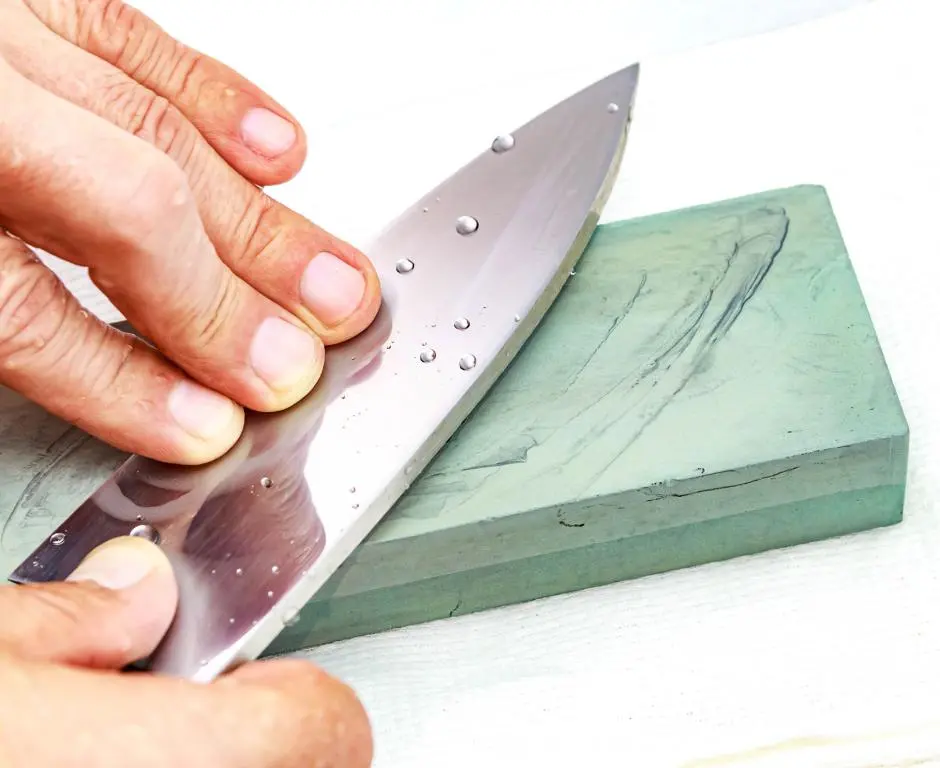
Sharpen the Knife
- Coarse Side: Start with the coarse side of the stone. Place the blade against the stone at the desired angle.
- Stroke the Blade: Using moderate pressure, draw the knife across the stone in a sweeping motion, starting from the base of the blade and moving towards the tip. Repeat this process 10-15 times on one side, then switch to the other side of the blade.
- Fine Side: Flip the stone to the fine grit side. Repeat the same process, making 10-15 strokes per side to refine the edge.
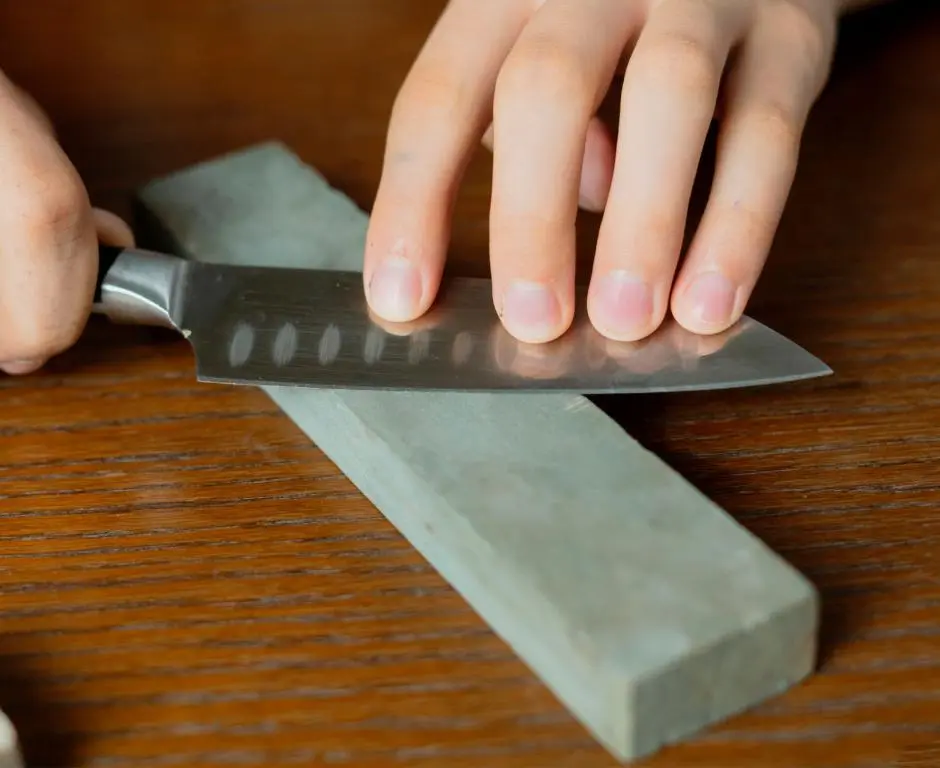
Honing
After sharpening, use a honing rod to realign the edge. Hold the rod vertically and swipe the blade down the rod at a 20-degree angle, alternating sides with each stroke. Do this 8-10 times per side.
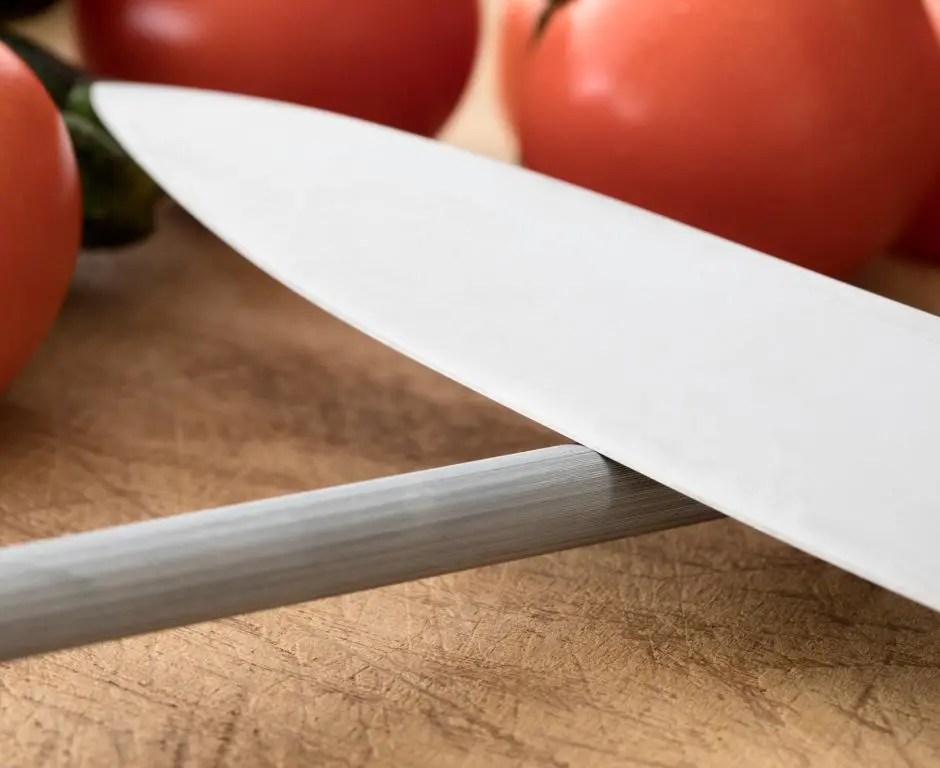
Test the Sharpness
Carefully test the sharpness of your knife by slicing through a piece of paper or a tomato. A sharp knife should cut smoothly without much resistance.
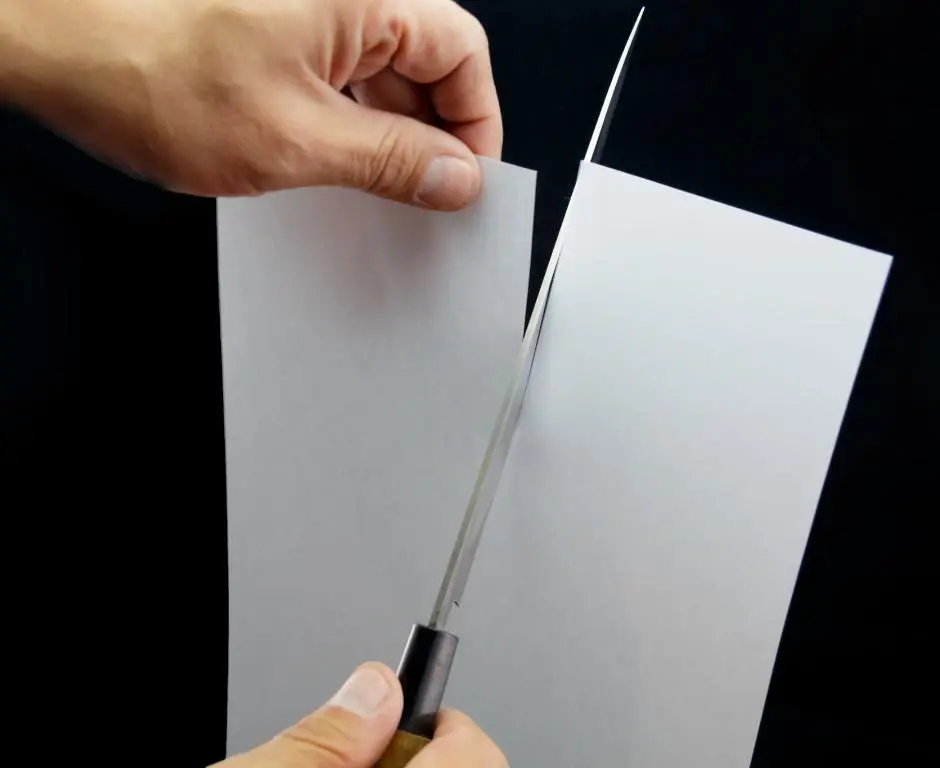
Clean and Store
Rinse the blade to remove any metal particles, then dry it thoroughly. Store the knife properly to maintain its edge.
Regular sharpening ensures your knives stay efficient and safe to use. Remember to hone your knife frequently between sharpening sessions to keep the edge aligned.
Pots and Pans: Essential Varieties
Essential Pots and Pans
Skillet/Frying Pan
A frying pan, frypan, or skillet is a flat-bottomed pan used for frying, searing, and browning foods. It is typically 20 to 30 cm (8 to 12 in) in diameter with relatively low sides that flare outwards, a long handle, and no lid.
Larger pans may have a small grab handle opposite the main handle. A pan of similar dimensions, but with less flared, more vertical sides and often with a lid, is called a sauté pan. While a sauté pan can be used as a frying pan, it is designed for lower-heat cooking.
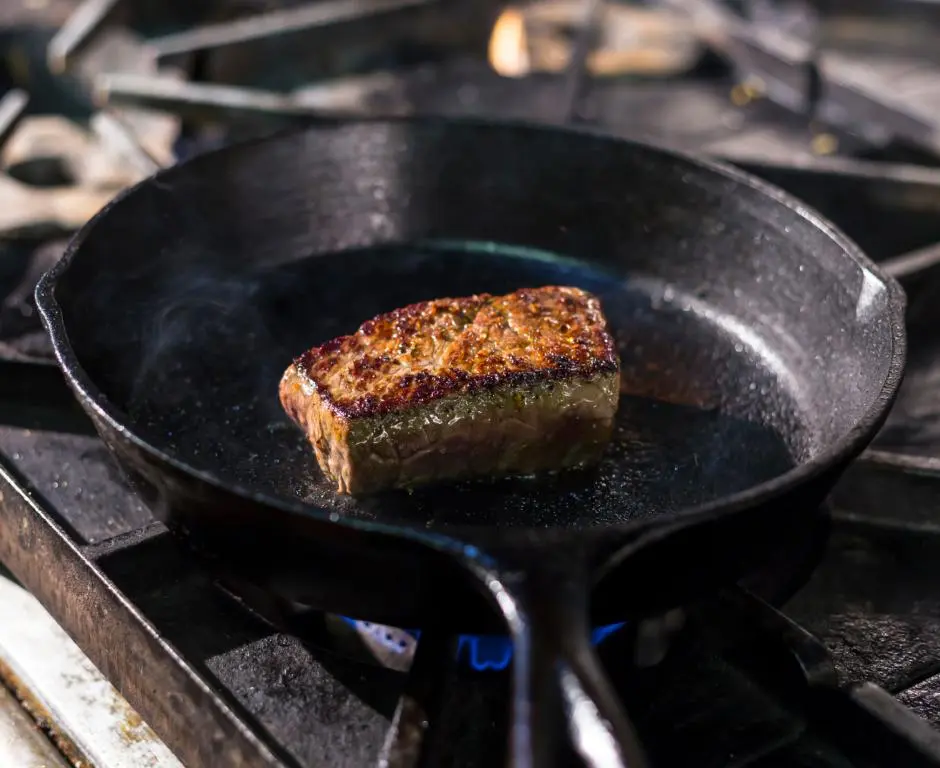
Uses: Ideal for frying, searing, and browning. A non-stick skillet is perfect for eggs and pancakes, while a stainless steel skillet is great for achieving a good sear on meats.
Care Tips: Avoid using metal utensils on non-stick surfaces. Season cast iron skillets regularly.
Saucepan
A saucepan is one of the basic forms of cookware, in the form of a round cooking vessel, typically 3.5 to 4 inches (90 to 100 mm) deep, and wide enough to hold at least 1 US quart (33 imp fl oz; 950 ml) of water, with sizes typically ranging up to 4 US quarts (130 imp fl oz; 3.8 L), and having a long handle protruding from the vessel.
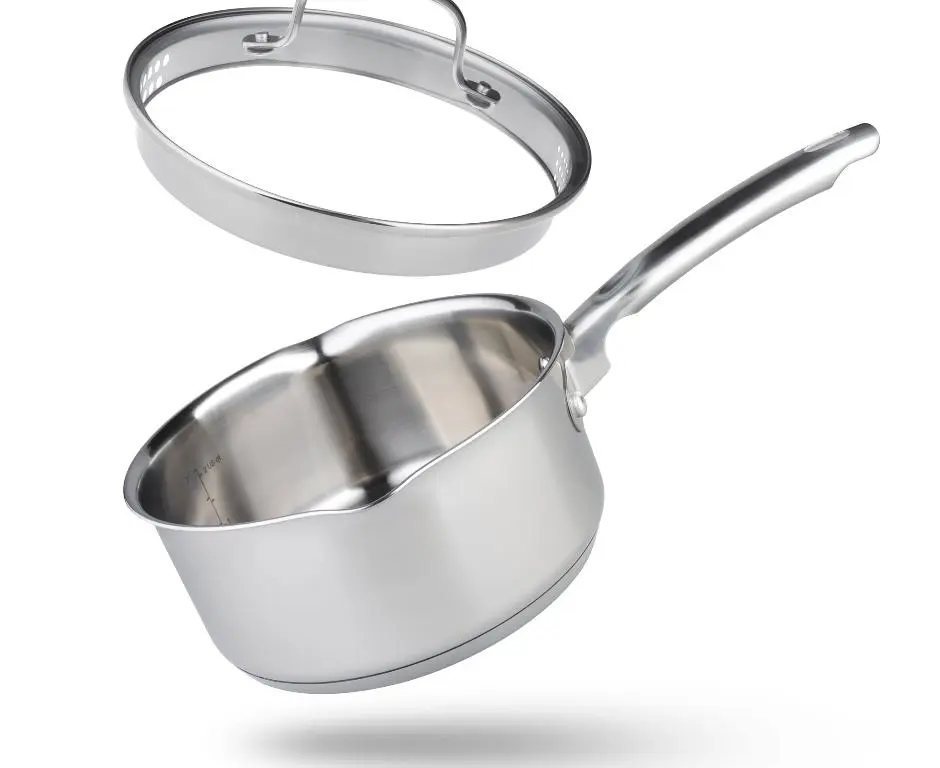
The saucepan can be differentiated from the saucepot by the fact that “a saucepan is a cooking utensil with one handle; a saucepot is equipped with two side handles”.
Unlike cooking pans, a saucepan is usually not engineered to have non-stick surface. This is so that it can be used in deglazing, a process by which food stuck to the surface of the pan from cooking is recooked with liquid and other ingredients to form a sauce.
Uses: Perfect for making sauces, boiling eggs, and cooking grains. A medium-sized saucepan is versatile enough for a variety of tasks.
Care Tips: Choose a heavy-bottomed saucepan to prevent burning and ensure even heating.
Stockpot
Stock pot is a generic name for one of the most common types of cooking pot used worldwide. A stock pot is traditionally used to make stock or broth, which can be the basis for cooking more complex recipes.
It is a wide pot with a flat bottom, straight sides, a wide opening to the full diameter of the pot, two handles on the sides, and a lid with a handle on top.
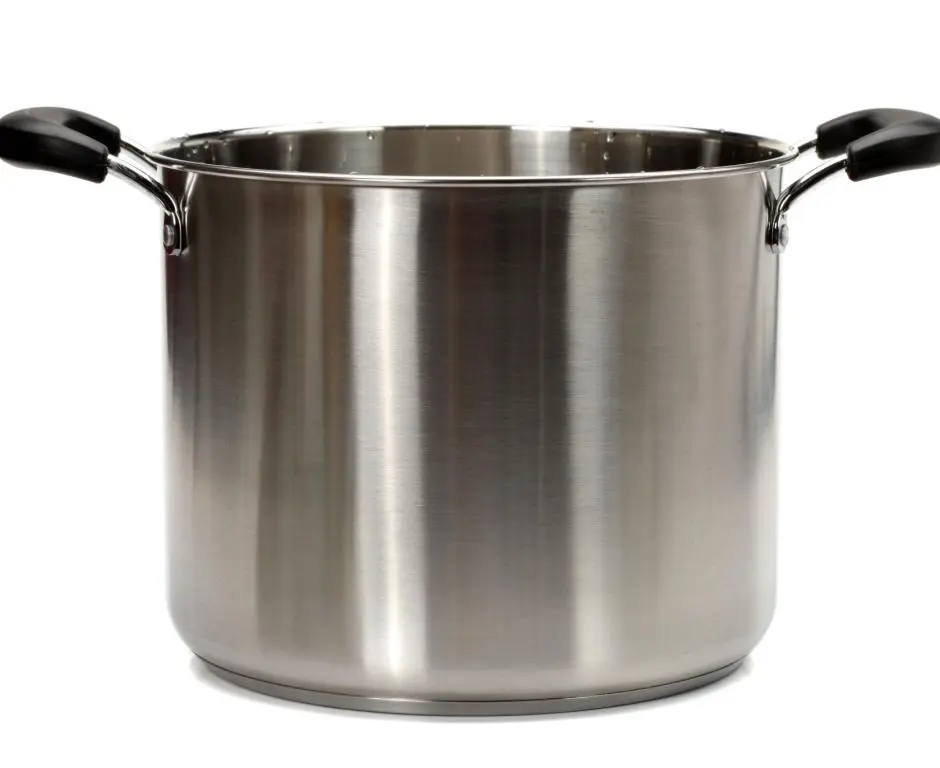
Uses: Best for cooking large quantities of soups, stews, and pasta. Also useful for making stocks and broths.
Care Tips: Ensure it has a good-fitting lid and thick base for even cooking.
Dutch Oven
A Dutch oven, Dutch pot (US English), or casserole dish (international) is a thick-walled cooking pot with a tight-fitting lid.
Dutch ovens are usually made of seasoned cast iron; however, some Dutch ovens are instead made of cast aluminum, or ceramic. Some metal varieties are enameled rather than being seasoned, and these are sometimes called French ovens.
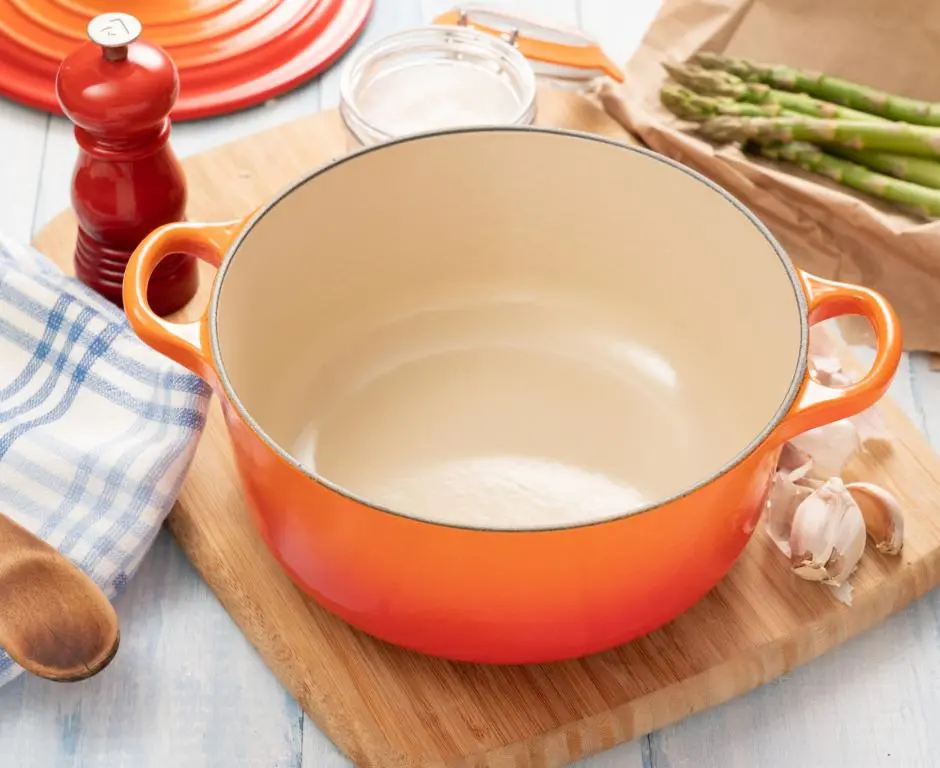
The international name casserole dish is from the French casserole which means “cooking pot” (although in French these pots are known as cocottes). They are similar to both the Japanese tetsunabe and the sač, a traditional Balkan cast-iron oven, and are related to the South African potjie, the Australian Bedourie oven and Spanish cazuela.
Uses: A heavy-duty pot that can go from stovetop to oven, ideal for braising, roasting, and baking bread.
Care Tips: Enameled versions are easier to clean and don’t require seasoning like cast iron.
Materials Overview
- Stainless Steel: Durable and non-reactive, ideal for browning and deglazing.
- Non-Stick: Easy to clean, great for low-fat cooking.
- Cast Iron: Excellent heat retention, perfect for high-heat cooking and baking.
Small Appliances: Blenders, Food Processors, etc.
Essential Small Appliances
Blender
A blender (sometimes called a mixer or liquidiser in British English) is kitchen and laboratory appliance used to mix, crush, purée or emulsify food and other substances. A stationary blender consists of a blender container with a rotating metal or plastic blade at the bottom, powered by an electric motor that is in the base.
Some powerful models can also crush ice and other frozen foods. The newer immersion blender configuration has a motor on top connected by a shaft to a rotating blade at the bottom, which can be used with any container.
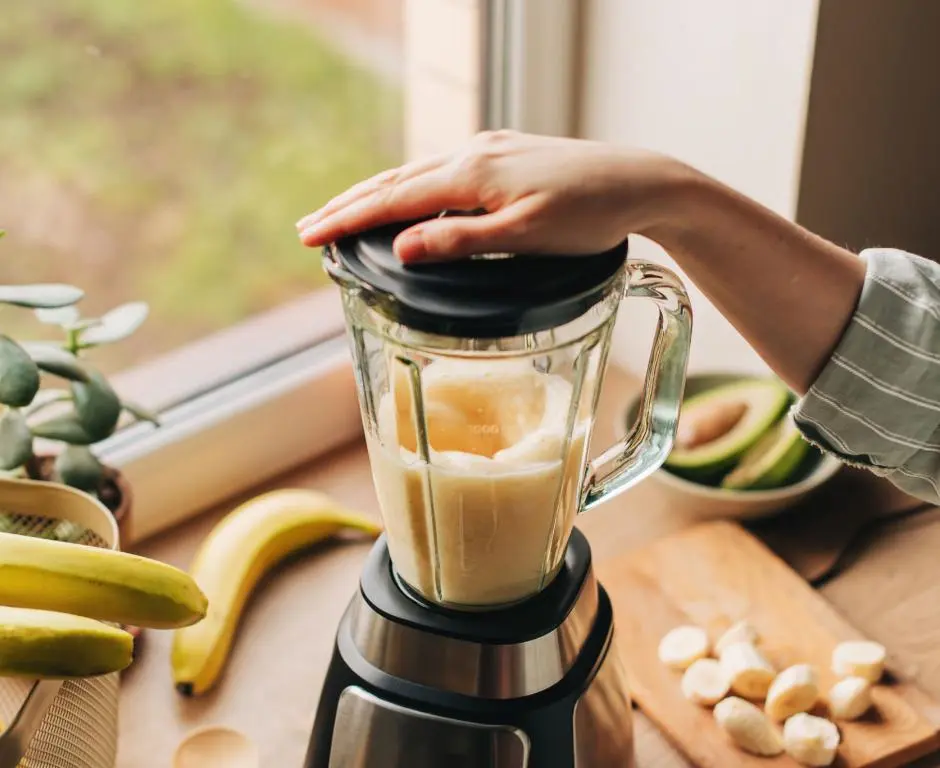
Uses: Perfect for making smoothies, soups, sauces, and even grinding spices.
Maintenance: Clean immediately after use to prevent residue buildup. Some models have dishwasher-safe parts.
Food Processor
A food processor is a kitchen appliance used to facilitate repetitive tasks in the preparation of food. Today, the term almost always refers to an electric-motor-driven appliance, although there are some manual devices also referred to as “food processors”.
Food processors are similar to blenders in many forms. A food processor typically requires little to no liquid during use, and even its finely chopped products retain some texture. A blender, however, requires some liquid for the blade to properly blend the food, and its output is more liquid. Food processors are used to blend, chop, dice, and slice, allowing for quicker meal preparation.
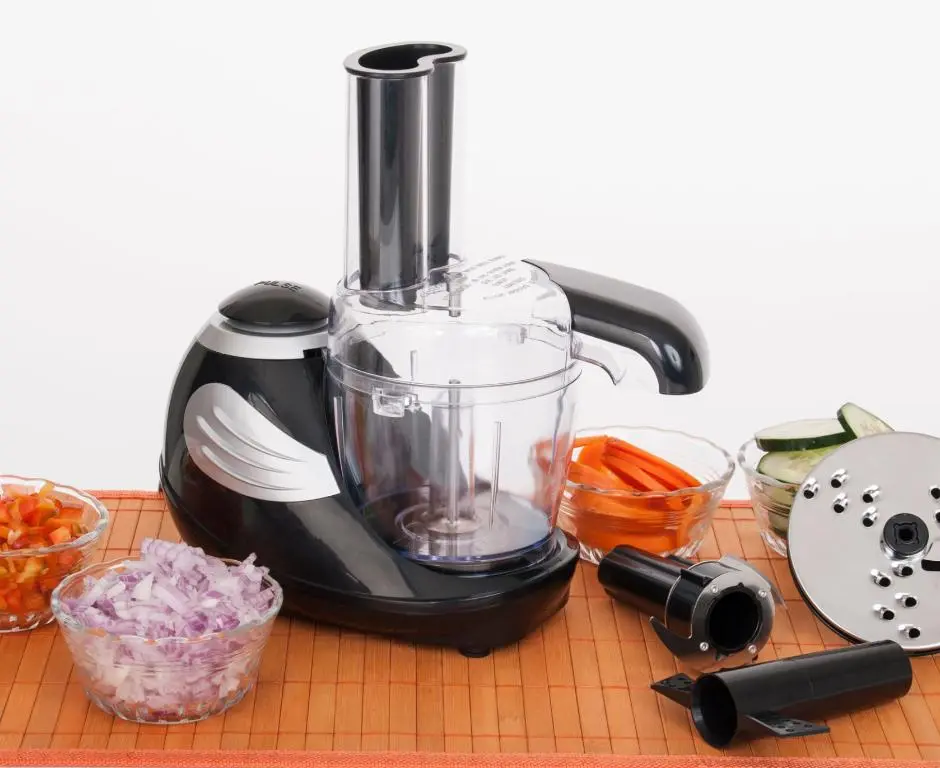
Uses: Ideal for chopping, slicing, grating, and pureeing large quantities of ingredients quickly.
Maintenance: Disassemble and clean all parts thoroughly after each use.
Stand Mixer
A mixer (also called a hand mixer or stand mixer depending on the type) is a kitchen device that uses a gear-driven mechanism to rotate a set of “beaters” in a bowl containing the food or liquids to be prepared by mixing them.
Mixers help automate the repetitive tasks of stirring, whisking or beating. When the beaters are replaced by a dough hook, a mixer may also be used to knead.
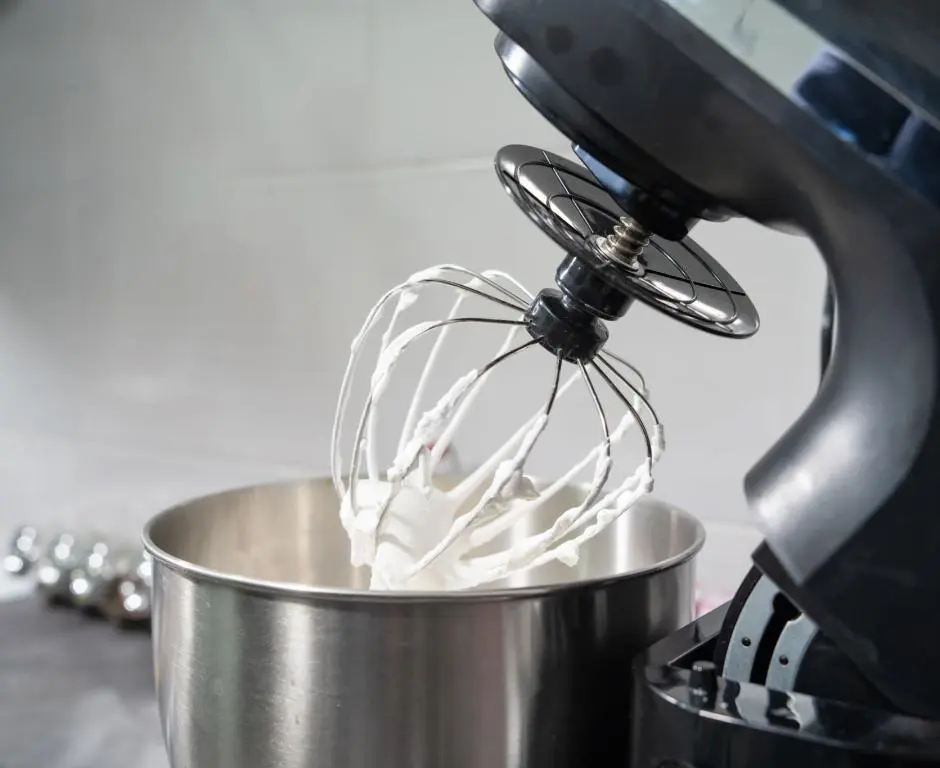
Uses: Essential for baking, it can knead dough, mix batters, and whip cream effortlessly.
Maintenance: Clean the attachments and bowl after each use. Occasionally wipe down the mixer body.
Slow Cooker
A slow cooker, also known as a crock-pot (after a trademark owned by Sunbeam Products but sometimes used generically in the English-speaking world), is a countertop electrical cooking appliance used to simmer at a lower temperature than other cooking methods, such as baking, boiling, and frying.
This facilitates unattended cooking for many hours of dishes that would otherwise be boiled: pot roast, soups, stews and other dishes (including beverages, desserts and dips).
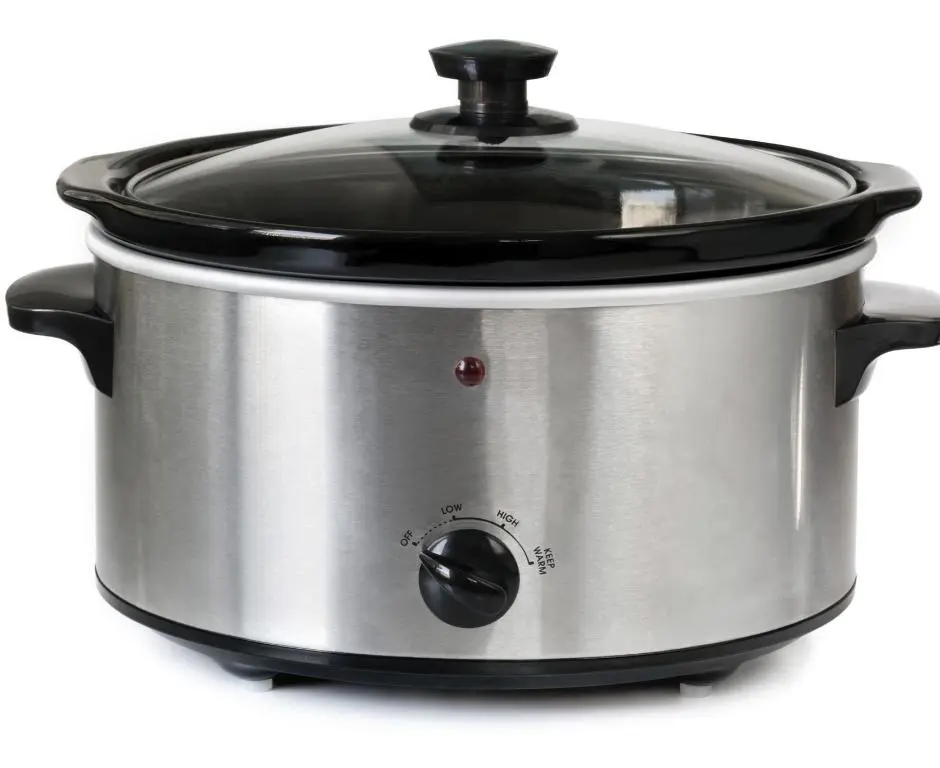
Uses: Great for hands-off cooking, allowing for slow simmering of stews, roasts, and soups.
Maintenance: Clean the removable pot and lid thoroughly. Avoid sudden temperature changes to prevent cracking.
Instant Pot
Instant Pot is a brand of multicookers manufactured by Instant Brands. The multicookers are electronically controlled, combined pressure cookers and slow cookers.
The original cookers were marketed as 6-in-1 appliances designed to consolidate the cooking and preparing of food to one device. The brand later expanded to include non-pressure slow cookers which can be left on for 8 hours or more, sous-vide immersion circulators, blenders, air fryers and rice cookers.
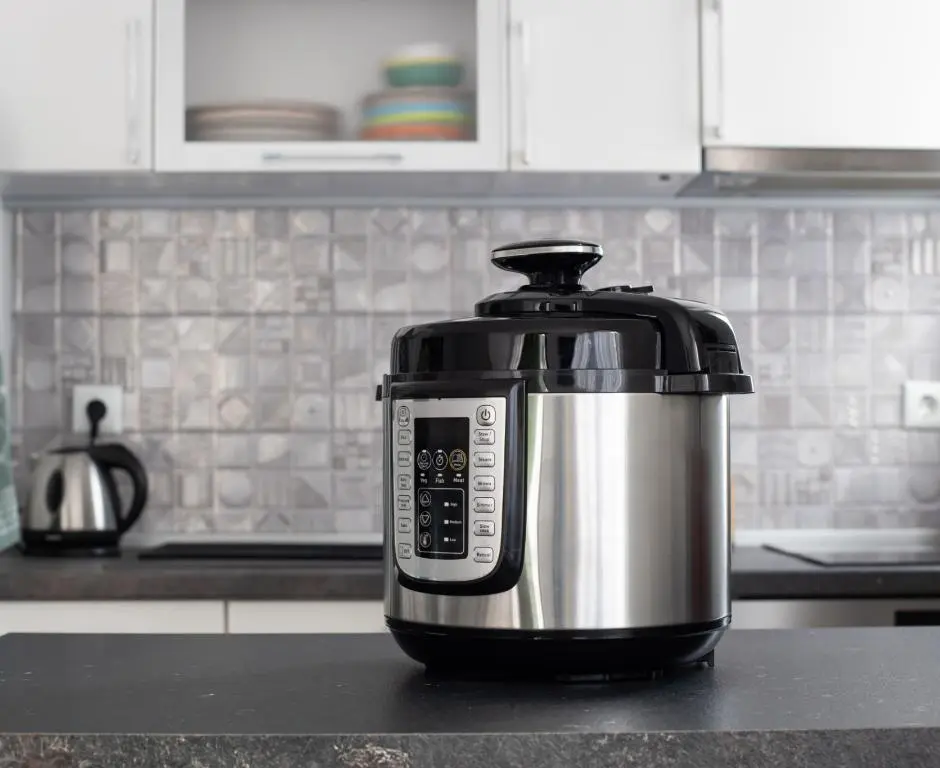
Uses: A multi-cooker that functions as a pressure cooker, slow cooker, rice cooker, and more. It’s versatile for making quick meals.
Maintenance: Clean the sealing ring and inner pot after each use. Ensure the vent is clear.
Baking Tools: From Mixers to Measuring Cups
Essential Baking Tools
- Stand Mixer:
- Uses: Ideal for mixing doughs and batters, whipping cream, and making frostings.
- Maintenance: Clean thoroughly after each use, especially the attachments.
- Hand Mixer:
- Uses: Convenient for smaller mixing tasks and less dense batters.
- Maintenance: Detach and clean the beaters after each use.
- Measuring Cups and Spoons:
- Uses: Essential for precise measurements, which are crucial in baking.
- Maintenance: Ensure they are dry before storing to prevent rust and contamination.
- Baking Sheets and Pans:
- Uses: Various types are needed for cookies, cakes, bread, and other baked goods.
- Maintenance: Line with parchment paper or silicone mats to extend their life. Avoid using metal utensils on non-stick surfaces.
- Rolling Pin:
- Uses: Essential for rolling out dough for pastries, cookies, and pie crusts.
- Maintenance: Clean promptly and avoid soaking in water to prevent wood from warping.
Care and Storage Tips
General Care Tips
- Regular cleaning and proper storage are key to maintaining kitchen tools.
- Organize tools by frequency of use for easy access.
Storage Solutions:
- Knives: Use a knife block, magnetic strip, or individual guards.
- Pots and Pans: Stack neatly with protective layers to prevent scratches.
- Small Appliances: Store in accessible places if used frequently, otherwise keep in cabinets.
Maintenance Routines
- Periodically check and maintain all tools and appliances.
- Troubleshoot common issues, such as dull knives or clogged appliances, to ensure they remain in working order.
Conclusion
Having the right kitchen tools and knowing how to use and care for them can truly transform your cooking experience. Consequently, investing in quality tools and maintaining them properly ensures they last longer and perform better.
Furthermore, sharing your own kitchen tool tips and experiences in the comments below helps build a community of knowledge—we’d love to hear from you!
